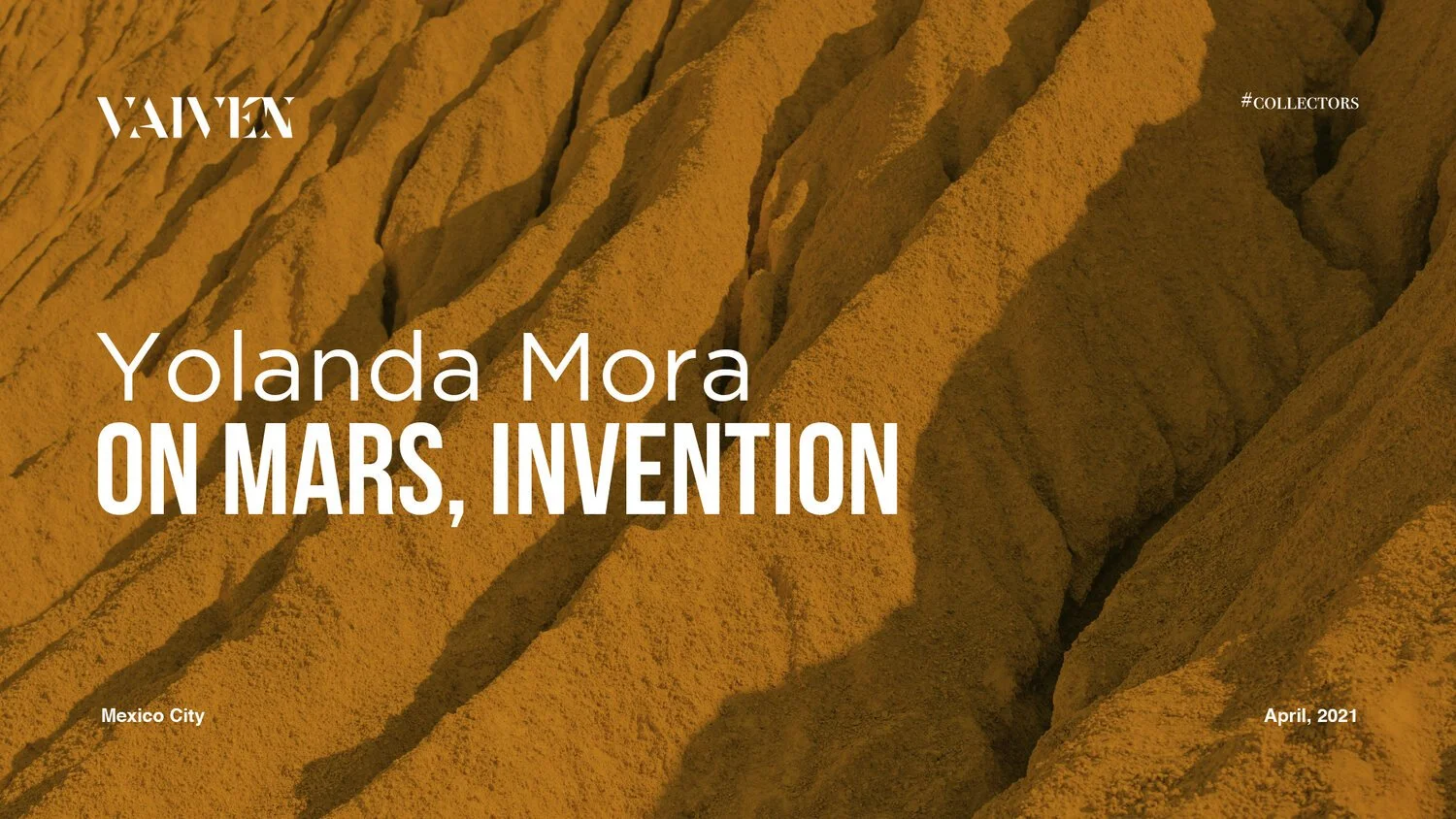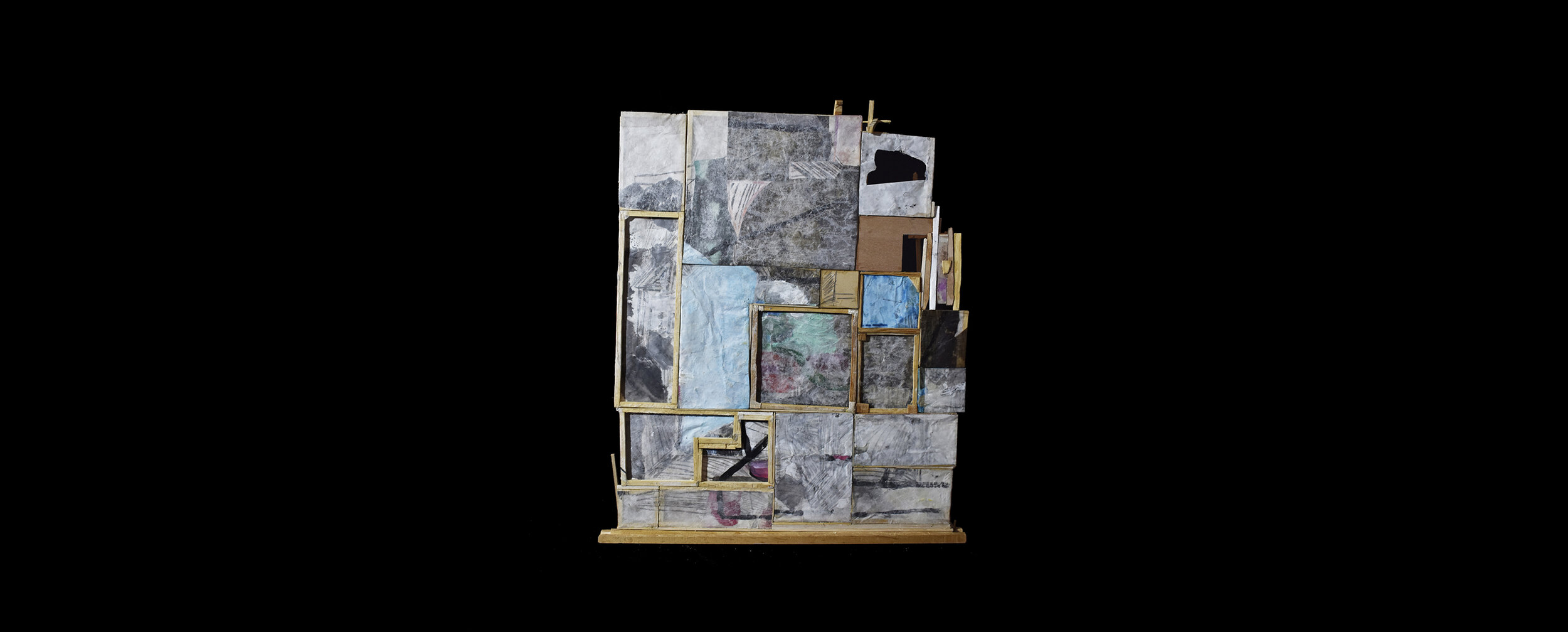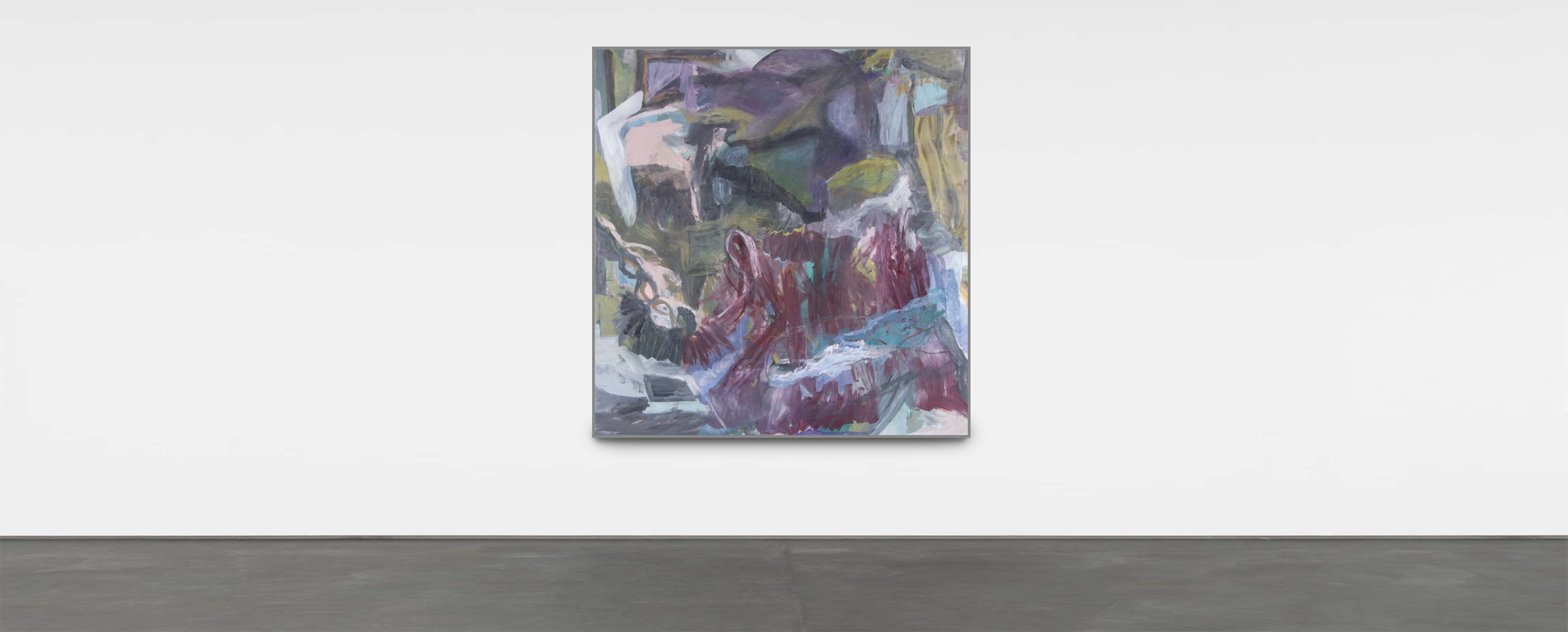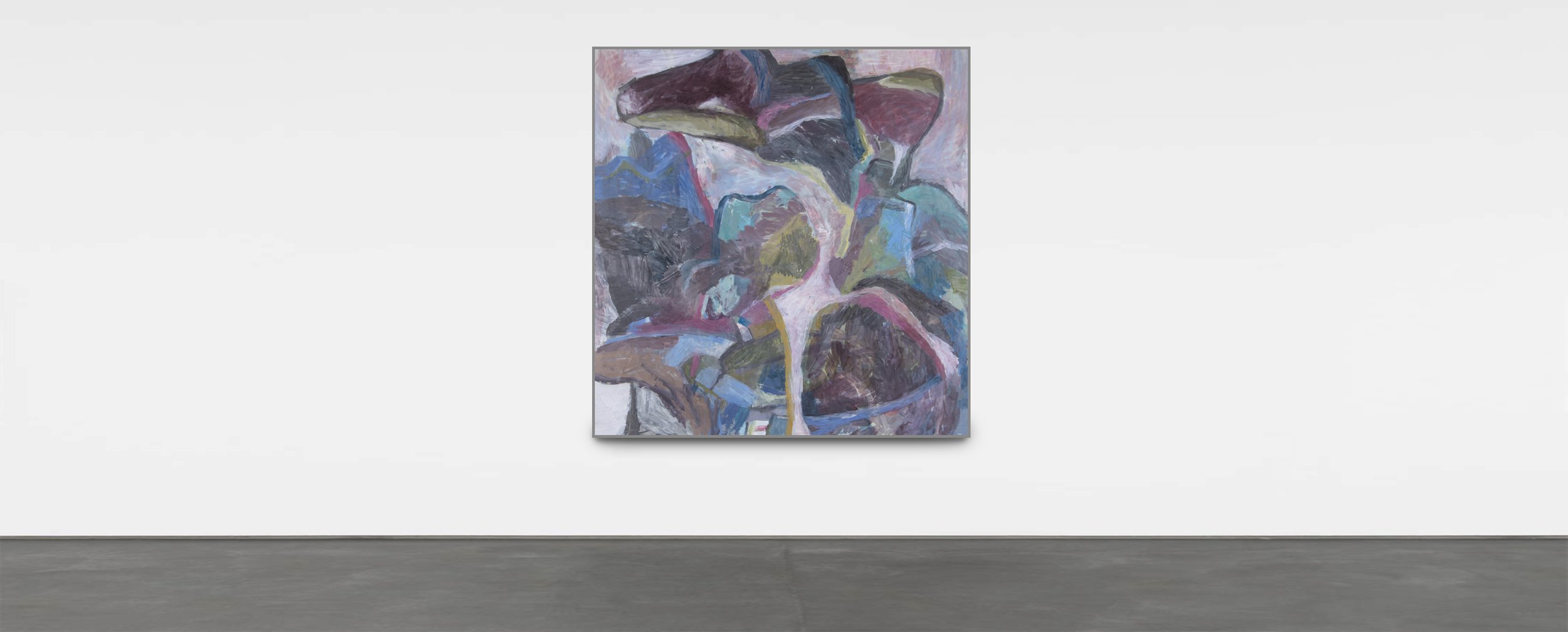
Yolanda Mora
Artist of freedom and the rhythm that arises from the very mystery of creation. Liberated painting that bears the stamp of origin of every aesthetic act; an emotional movement that arises from the deepest part of the inner self and from the antithesis of abstract academicism.
On Mars, Invention
by Esteban García Brosseau (april, 2021)
As an artist in love with freedom, Yolanda Mora paints by only letting her inner being dictate that rhythm which she rejects consciously, but that it would be difficult to deny to her work. That rhythm, however, isn’t that which is imposed by reason, but that which originates from the mystery of creation itself. As a free form of art, the painting of Yolanda Mora, is marked by the seal of origin, a nebulose that announces the beginning of every creative act starting by that of the universe from which we were born and of which we are part since that very moment. “Inner figuration” is perhaps the best expression to define the creative activity to which Yolanda Mora gives herself because it participates of emotional movements that originate from the deepest region of her inner being, while it cannot be considered in anyway as an “abstract” academism.
In the art of Yolanda Mora, we may recognize movements of the soul, inner events, that show all the nuances of sensibility, from the lightness of happiness to the deepness reached by contemplation, reflections that appear at the surface of a cenote of which no one knows how deep it is. From its waters, reminiscences of indefinite beings, -sometimes only some rays of animated light-, suddenly arise, and seem, occasionally, to give us a sign. By viewing Mora’s paintings, a dialogue is established with those whispers that come from the deepest inner secret, that of the artist, as well as that of the spectator: “a pictorial thought”, one may say with the painter, without any doubt. By witnessing those miracles, one imagines the first painters of Lascaux, at the bottom of their uterus-caves, creating, from nothing, everything, despite the illusion of figurativeness, with natural pigments that somehow survive in Mora’s canvasses. There is no doubt that we can here evoke Bataille when he tells us: “‘The man of Lascaux’ created from nothing this world of art in which the communication of spirits begins” . And too bad for those who do not believe in the magic of the beginnings by opposing to it the boring foolishness of history. Freedom of creation is the act of resistance par excellence, and even if it comes from the most remote interiorities, only it carries the promise of a true revolution.
1 Bataille, Georges, Lascaux ou la naissance de l’art (Geneva: Albert Skira, 1980), 11. « L’“homme de Lascaux”, écrit Bataille, créa de rien ce monde de l’art, où commence la communication des esprits » I disagree with the translation given in the english edition (Prehistoric Painting: Lascaux or the Birth of Art (London: Macmillan, 1955), where “esprits” in French, is translated by “individual minds ». Because of this, I here follow the translation of Christopher Fynsk, “Lascaux and the Question of Origins”, Poiesis: a journal of art and communication: 66-19 .
















